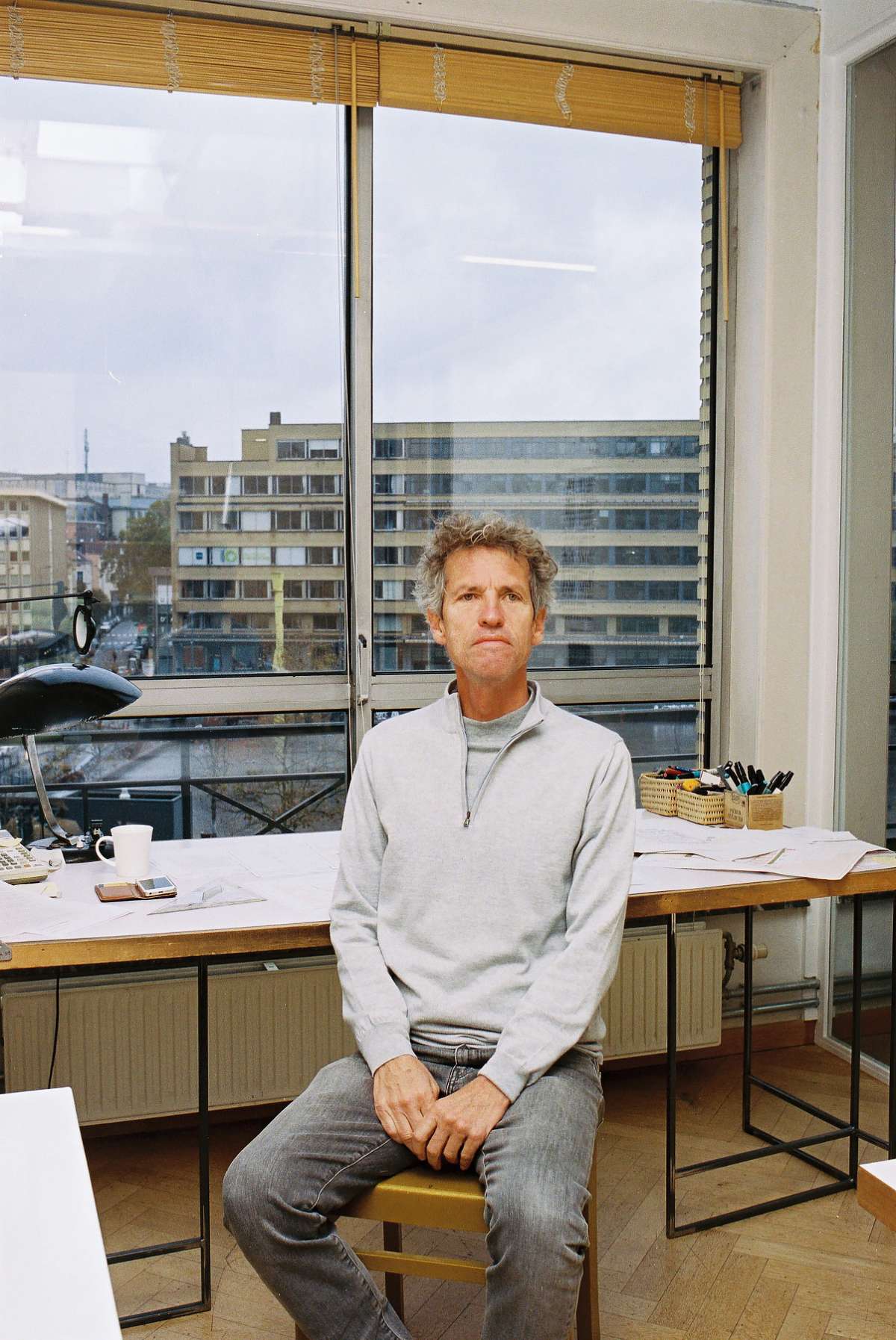Bicycle poles
Chaussée de Wavresesteenweg, 1-21 — Ixelles
2018
Architecture: Brussel Mobiliteit – Bruxelles Mobilité

De strip
Architects
Désignez une production architecturale récente qui vous semble intéressante et expliquez pourquoi?
The story attempts to portray the complexity of the situation after the white bicycle poles were installed at chaussée de Wavresesteenweg “Matonge’s area”. Only a few protests conducted by “worried” bicycle riders were enough to cause action against an urban culture that has been developing over decades. Brussels as a city that always strives for diversity should have presented more understanding for this area and attempted to teach the majority how to adjust and respect the rarity. Citizens who find this area inconvenient for cycling should either pay extra attention or just avoid that street if they are incapable of adapting for a few minutes. This street resembles 0.00001 % out of Brussels’ “dangerous” cycling infrastructure and it is astonishing how exactly this one happened to be prioritized. These white poles set in a row as a simple architectural and infrastructural action, already have a strong influence over locals’ behaviour on chaussée de Wavresesteenweg.
Comment percevez-vous le contexte architectural à Bruxelles aujourd’hui?
Wat is uw mening over de architecturale context vandaag in Brussel? Brussels' architectural context today is derived mainly from an inclusive negotiation and interest in a few “visible” mega projects. Meanwhile, loads of micro architectural projects are invisible and even being muted and masked around the city. They are struggling to penetrate through a defense wall of regulations which was built by rigid administration services. These invisible micro architectural projects constitute a majority of the city's urban and architectural fabric, yet they are still being processed through rigid and strict bureaucratic administrations, as well as post trauma urban regulations. One way to visually reflect this complex situation and to portray Brussels’ architectural context is to simply imagine the city's urban blocks (inside-out). This kind of practical illusion shows us misconception but also allows us to explore the potentials. Let’s not forget that Brussels already tore down its physical fortifying walls and proved that it has the potential to grow from a village into a true city. Now maybe its time to brake some other type of walls in order to represent its new character as a metropolis.
Présentez-vous en quelques lignes.
De Strip dominantly strives to fight against project-discrimination. Regardless of the invested capital, social status and political power, every project should be treated in equal, proportional and profound manner.



